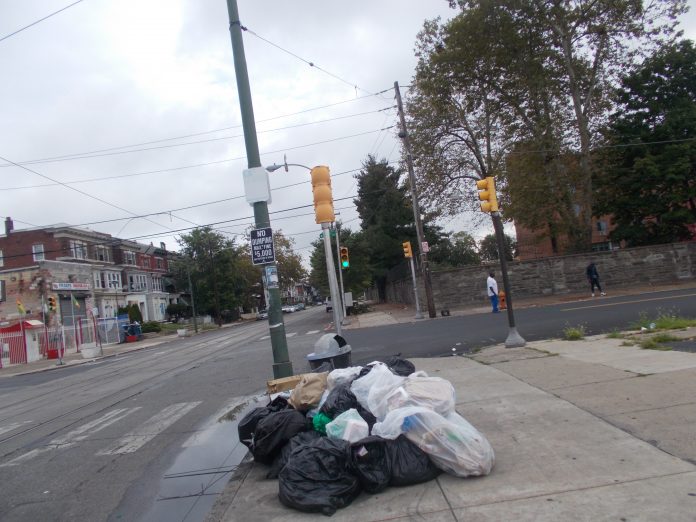All you have to do is walk around any urban city where Black people are relegated to live, and what do you see? Illegal dumping, trash and debris, sidewalk litter, cluttered
alleyways, just litter in abundance. What happened to the adage, “Cleanliness is next to
Godliness?” What is the reason for the neglect in our Black communities? Are we thinking about our legacy to our children and their wellbeing? I think not. What about the negative effects of our children walking to school, standing at bus stops littered with mounds of trash, and attempting to cross streets when they must step over so much litter? It is a travesty. When did we stop caring?
It certainly was not that way when we were in bondage and working for the slave masters. We cleaned whether we wanted to or not. The master could walk three hundred miles and not see a peanut shell or a cotton ball hull.
I heard Warith Deen Muhammad say in a speech some years ago, and I paraphrase, “When we were given our freedom from slavery, and eventually given the means to live in our own community, we were tired of work and toil, so we just decided to work when we felt like it. Our perspective was just because they gave it to us, we don’t have to take care of it.” He said it was a form of rebellion. Rebellion from being told what to do and hav- ing commands imposed upon us. This is not to say that some of us did not maintain a clean and tidy lifestyle.
After all, with our limited economic status, many of the slaves had to return to the domesticated form of employment. We took to sharecropping and working in the slave master’s home, caring for the children and cooking for their families, and of course, we cleaned.
When many Black families migrated from the South to northern cities, they often settled in the ghettos and slums of these cities. They lived in tenements and rundown houses with very little comfort. Many of these places had outside toilets and no bathrooms or bathing facilities. But, the mothers in these households still maintained a standard of cleanliness. Bathing was done in corrugated tin tubs, and usually they sat near a wood- burning or a coal-burning ,…
Thank you for reading Maryann Muhammad article on scoopnewsusa.com. For more on “We must get back to caring about our communities and where we live“, please subscribe to SCOOP USA Media. Print subscriptions are $75 and online subscriptions (Print, Digital, and VIZION) are $90. (52 weeks / 1 year).


